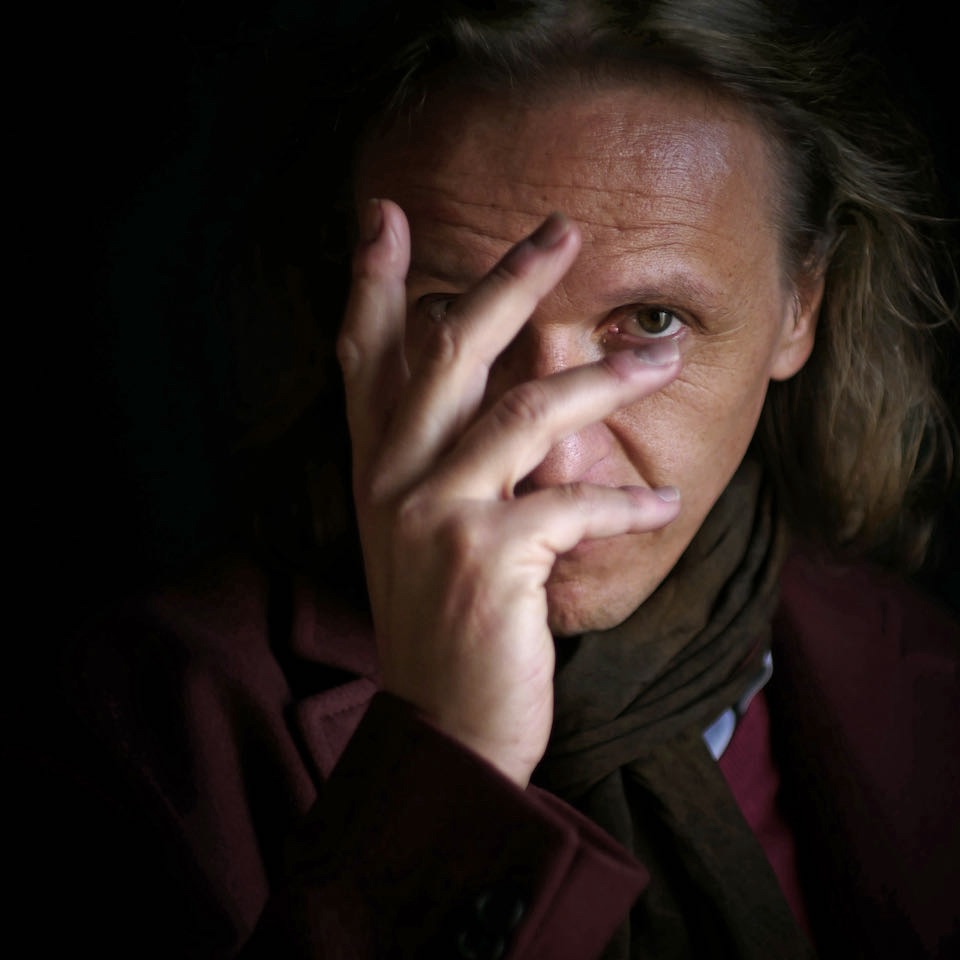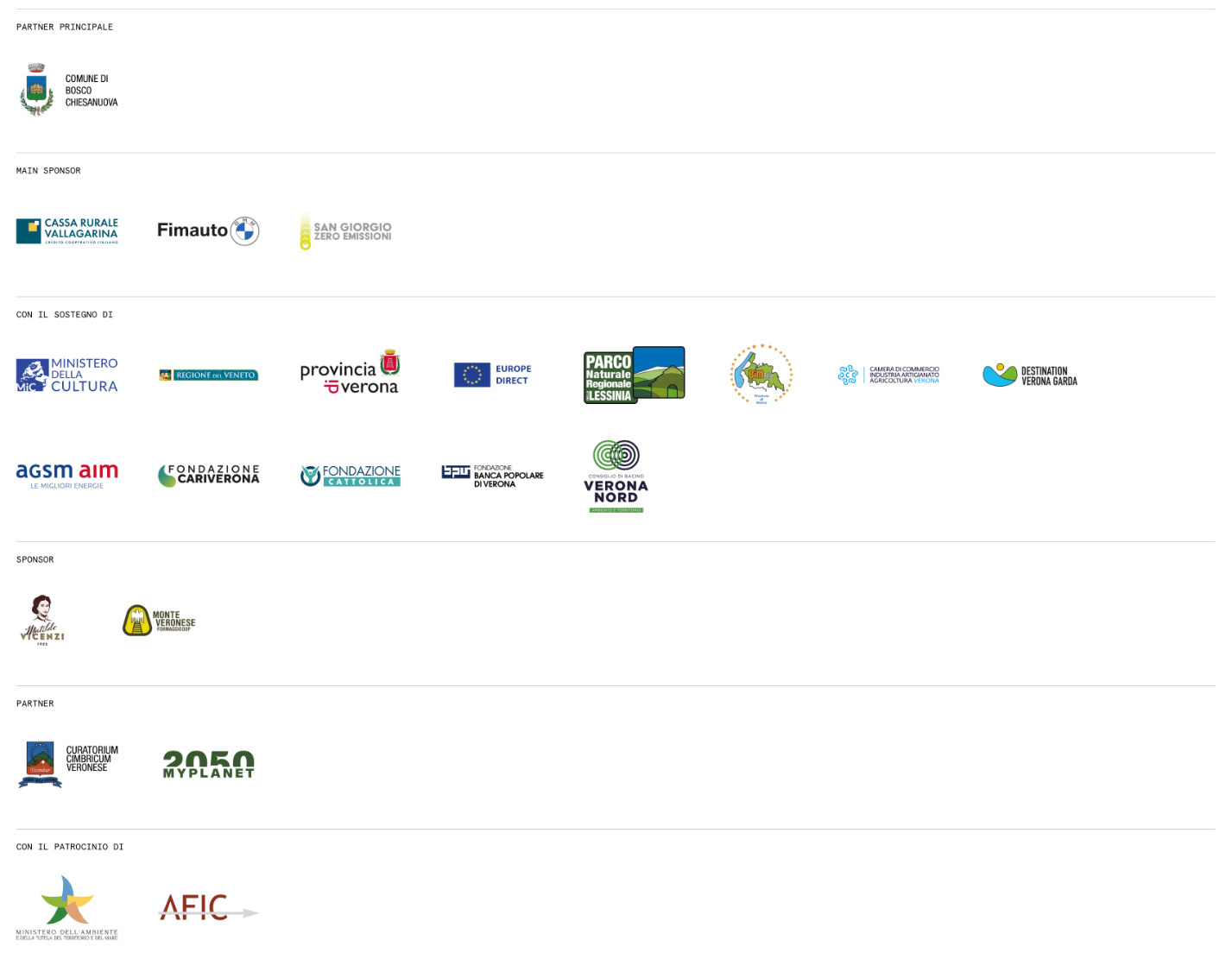AT THE ROOTS OF THE FESTIVAL

“A people / put them in chains / undress them / shut their mouths / they are still free. / Take away their work / passport / the table where they eat / the bed where they sleep, / it is still rich. / A people / becomes poor and subservient / when you take away the language / inherited from its fathers: / it is lost forever.”
Thus sang the Sicilian poet Ignazio Buttitta in his Lingua e dialettu. Pier Paolo Pasolini cites him in his Scritti corsari, where he prophesied the disappearance of the peasant world with the dis- appearance of dialects. The same peasant roots from which sprang, in addition to Pasolini in the Friuli di Casarsa, two other important protagonists of twentieth century Italian literature, born in that 1922 whose centenary we now remember: Luigi Meneghello, in the hills of Malo and Beppe Fenoglio on the heights of the Langhe. To them and their “little languages”, the Festival dedicates a round-table, within the programme, “Higher Words” and the tribute to the peasant world which runs throughout the twenty-eighth edition, intertwining films, meetings and exhibitions.
The Festival opens and closes with two emblem- atic and archetypal stories of peasants, which touch upon themes that have recurred throughout almost thirty years of programming. “To leave or to stay” is the torment of young Cainà who embarks at the foot of the Gennargentu to escape by sea towards the mirage of the Continent, breaking free from the sinking of the storm but not that of life, in the film Cainà: L’isola e il continente by Gennaro Righelli. “Judgment and prejudice” are experienced by the young shep- herd Checo, nicknamed Scarecrow due to his miserable origins and conditions, brought to life by David Maria Turoldo, screenwriter of the film Gli ultimi by Vito Pandolfi. Dino Coltro recounted and depicted the peas- ant world and, along with Cierre Edizioni, is hon- oured in one of the four exhibitions of this edition of the Festival. Coltro investigated the “basse” (lowlands), the hills, and the mountains of the peasant world and worked to support the de- sire for redemption of labourers and wage earn- ers, so that the land would belong “to those whowork it”. This is the same cry we heard in some of the 982 films evaluated in selection this year, from the South American campesinos to the numerous stories of young people who remain to live in the mountains, whether in the nearby Val Leogra or the faraway park of Oze in Japan. “You speak badly with that dialect of yours, the teacher scolded us. You have to learn Italian”, recounted Dino Coltro. But those kids who had a language felt rich, and not because they had money.
How many dialects and “small languag- es” echo from the 44 countries of the world of this year’s 68 films? There are those spoken in the huts of Vietnamese villages, in the Ethiopian rural valleys, in the depths of the Amazon rainforest, in remote Tibet, and in the nearly-abandoned Alpine and Apennine villages. “Coltro made it clear that the popular world should be studied, by putting himself on the side of the poor”, writes Bepi De Marzi, protagonist of the documentary dedicated to Mario Rigoni Stern in the section, “Italian Mountains”. “He showed the peasant world in all its desperate poetry”, adds the maestro of Signore delle cime. The Film Festival della Lessinia has always put itself on the side of the poor and, of course, on the side of the mountains, telling also of their “desperate poetry”.
It happens, in this journey of 91 events, that we “take the side” of the men who painted ochre the rocks of the Colombian Tepui 12,500 years ago, of the Albanian peasants portrayed by Giovanni Cobianchi in the photographs of VETEM and in the film, The Albanian Virgin, of the scientist-protagonist of Holgut (in the section, FFDLgreen, dedicated to works with environmental themes) who searches for mammoth DNA in the melting permafrost, of the tormented protagonist of La roya, clinging desperately to his coffee plantations, on those Andes from where he decides not to uproot himself, of the Latvian children who eat the excellent food thrown into the trash every day by a civilization that wastes culpably. An exploration in time, in space, and in the human spirit, therefore, like the one the resident artists of the project “SÅM – Visual exploration of Lessinia” carried out in these months and whose results are on view at the Festival.
What all explorers have in common is curiosity, whether descending, as in the film, Into the Ice, into the crevasses of the melting ice in Greenland, or ascend ing 408 kilometres on the International Space Station to see the retreating glaciers of the Alps from above, as did the astronaut Luca Parmitano, a guest of the Festival, who joins us to talk about the “fragile earth”. It is the pursuit of the “virtue and knowledge” of Dante’s Ulysses, an ante litteram explorer, which resounds at the Festival in the book, L’alta fantasia and in the film, Dante, by Pupi Avati, the final guest of this edition. With the language of the poor and on the side of the Calabrian peasants are also built the nar- ratives of Michelangelo Frammartino of which the Festival presents, in addition to the film The Fout Times that introduced him to the world, The Hole, enriched by an exhibition of the photos taken on set by Natalino Russo. The gazes of the protagonists of the film are those of peas- ants who observe in amazement the speleologists who go down to six hundred meters underground in the Bifurto cave and, incredulous, in front of a television, see the skyscraper rise. Peasant faces are also those of many protago- nists of the films of Pier Paolo Pasolini, to whom the Festival pays homage on the centenary of his birth by proposing “his mountains”, the plac- es where he shot films that have become part of the history of cinema. In the eyes of the poster of the twenty-eighth edition we imagine those of the directors (twen- ty-nine with films making their Italian premiere at the Festival) making an ideal voyage up to the Lessinia to show us our time and our society from unusual perspectives, and the eyes of the viewers in search of a high perspective. Among them, those who look to the future more than any others are the children. Their exploration at the Festival includes a rich programme of animations and short films characterized by themes of the bond with Mother Earth, the foolish human pretence to live in disharmony with Nature, and the desire for knowledge that leads to the acceptance of mystery. The Festival proposes that children get their hands dirty in the woods, make waste “sing” as though it were a flute, learn how to make cheese, and to recognize medicinal herbs. Both children and adults are invited to lose themselves to then find them- selves, use the stars to find their position, recognise in the architecture and landscape of the Lessinia the ways in which mountain dwellers collected and conserved water.
If with their own language, in Buttitta’s poetic cry, a people can call themselves free, then the Film Festival della Lessinia, drawing from the land that generated it, with roots grown in three decades of work and passion, with the strong stalk of experience and of awareness, raising the fronds of its research and programming to- wards the world, can be said to be free, especially this year when we are trying to get beyond two years of closure, not only physical, but also intellectual and spiritual. Like the residents of the courts of the plains or the mountain districts, the members, professionals and volunteers of the Film Festival della Lessinia team feel part of this deeply rooted community; with them I shared one of the most complex years in the history of Festival, and to them I owe my deep gratitude.
This community also includes the institutions, sponsors, and the partners sharing this road with us, like a roped team. And as if we were in the open space of the vernacular communities where the courts did not have private property, but were spaces for everyone, we will welcome guests, spectators, journalists and jurors as we find ourselves around the elm of the Corte di Rivalunga where, sixty years ago, the peasants invented the first “cooperative of culture, recre- ation and art”: the roots of the Festival.
